The orchestration of a love scene …
… or Part 4 of How to write sex with style: Play musical conductor to a love scene-composition!
In this case I’ll not only hand you my sheet music, the theory of the song, but give you headphones later, so you can HEAR what I created from them: I’ll add bits from a finished love scene I wrote to make you see how I put the theory into practise in Part 5 tomorrow!
Last week I used culinary metaphors to describe what writers need to cook a wonderful love story-dish and how to bring it all together on the plate for the reader to indulge in. This week I explain the actual “making of the love-making scene” — but a different metaphor works better:
The choreography of a great love/sex scene can be best compared to the making of music.
So I’ll slip into a musician’s or rather conductor‘s skin and say: in order to show how to put the steamy scene onto paper, we’ll just stick to paper and write a song together!
Because this really is what it feels to write a love scene (or ANY scene, that is!): like being the conductor of a great orchestra, or a songwriter for a band, because the song can only come alive if I — the writer — hold it all together and orchestrate carefully which instrument comes in when, how and in tune with others.
Writing can be like a cool jam session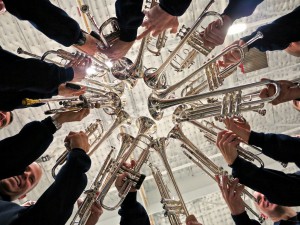 , where I just scribble down what comes to mind and see what song emerges. I just follow the lead of one tone, then another, they may intertwine or fade out, sound rough and raw or delicate and fragile, loud or subdued. I can put some instruments in the foreground and let others support them in the background.
, where I just scribble down what comes to mind and see what song emerges. I just follow the lead of one tone, then another, they may intertwine or fade out, sound rough and raw or delicate and fragile, loud or subdued. I can put some instruments in the foreground and let others support them in the background.
- My love scene-song could be born in a jam Jazz session with lots of improvisation, where I just follow the instruments’ lead to what feels right at that moment, without any sheet music (i.e. outline), trusting the players to create magic with their improvised, spontaneous playing,
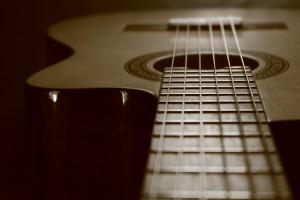
- or I can be the singer-songwriter with a guitar, pen and paper, who sings and plucks strings while writing down the notes that work, to end up with a finished song that I then take to my band (is that the beta-readers and editors?) to have more instruments added and polish the notes into a finished song.
Orchestration
A song rarely starts with the chorus, and we wouldn’t start a love scene with two people in the middle of “the act”. A good song has a prelude, which sets a tone right from the beginning, it creates an atmosphere by using instruments and singing in a way that draws the listener into the song, while never losing its rhythm and pacing. That would be our foreplay. Instruments come in one after the other, or several together, some fade out, to return later, they can sound delicate and pure or rough and forceful. A song builds up to a chorus, which is then the anchor/spine of the song, and most songs would have a — however short — aftermath, a “postlude”, a musical “after play” that leaves the listener with a tonal impression and deep emotion, hopefully.
I, the songwriter, have to decide which instruments to use and how. Only then can I start to play around with them.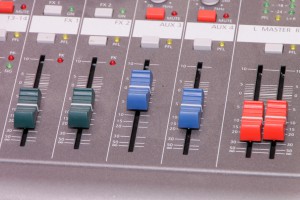 We’re going into the music studio here: we’ll take the written notes and polish them into a piece of music, carefully orchestrating each component.
We’re going into the music studio here: we’ll take the written notes and polish them into a piece of music, carefully orchestrating each component.
Most important question: are we writing the love scene for a short story or a novel? Is the love-making, the unison of the couple, the goal of the story or is their sex one chapter in a longer work?
Preparation
- In other words: First, be sure of your goals! Make sure you have a goal, and not just feel these two beautiful creatures should want one another. What do you need the love scene for? Does it mark the reward and satisfaction after the couple overcame several obstacles (inner or outer)? Does it therefore move the story forward by altering relationships, by creating a new “item” (the couple), and/or does their coupling create problems later in the story? This would mean the love scene moves the story forward and affects its plotline(s) and characters. In a short story, the love-making can be the ultimate goal and mark the climax and end of the narration.
- Deepen your characterisations. Make readers care for your protagonists. Then they’ll understand and even feel their desires, and inwardly long for them to be united. Your love scene then satisfies the characters’ and readers’ hunger and marks the climax of your couple’s relationship so far. Making love is the most intimate exchange between characters, it reveals so much about them, and therefore marks a new chapter in their lives and for their goals. The whole story is affected, triggering small or big shifts within your plot. When you write a longer work, keep in mind what the intimacy did/does to your characters especially in the chapters after the intercourse! Keep the reader involved in your characters’ emotional lives as much as their outer lives.
Execution
- Create a desire and anticipation. It’s one of my favourite devices for erotic scenes. The aforementioned creation of depth to the characters and their circumstances, the obstacles/doubts they overcome and the several other important story-aspects that influence them add to the anticipation. Anticipation is the longing, the buildup, the inner turmoil, the dragging out of the final unison, and it heightens the excitement of protagonists and readers considerably to choose a slow pace. It is a fine line though, to not overdo it and frustrate everyone involved (I read some books in which I waited and waited for the couple to finally get together, and I was disappointed again and again, until frustration turned my excitement into indifference). Anticipation can be numbed by too many problems and diversions. Make sure you DO unite the couple at the right moment!
- In my stories I try to be slow in the buildup, but steadily moving forward, by adding exciting building blocks that actually lead the couple somewhere (well, THERE, into bed or wherever they end up). A little gesture or expression that confuses and excites the heroine or hero, an obstacle removed, or a sudden opportunity. But I rarely jump straight into the action, a little foreplay and prelude to their duet always works!
- Lastly, I try to add a little drama, some surprises that either hinder or suddenly pave the way for the couple, something they and the reader didn’t expect — but which has to be a realistic turn of events/action. Readers will notice forced or fantastic tweaks that make the whole scene implausible.
- Write the actual love scene like you would cook a great meal or write a lovely song: use several ingredients/instruments wisely and well-timed. Orchestrate the scene. I’d rather go with the flow and let inspiration guide me from moment to moment. I just follow the movements and emotions of my protagonists, keeping their current situation and past in mind, and only write what feels plausible for their character, their mood, their desire, needs and goals at that moment. And: use dialogue wisely. Would they really talk like that and how much is needed?
- Finally, I play the song in my head and listen to my instincts: Does it feel balanced, natural? Would they really act and speak like they do? Are their actions/reactions plausible? Do all instruments come together harmonically or does anything sound “off-key”? Keep in mind not only the sex scene as such, but also what moves your protagonists, and what happened before they are finally alone!
In this post I explained the act of writing a good love scene and how to approach it, and in my next I’ll give you the promised headphones so you can listen how I put the theory into practise in one of my “love scene-songs”! I’m quite nervous about your reactions to it and would love to hear any comments or suggestions here below or after the next post!

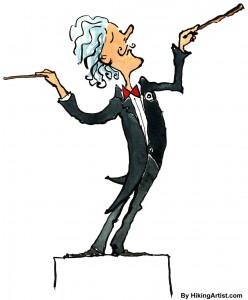
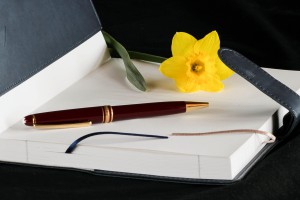
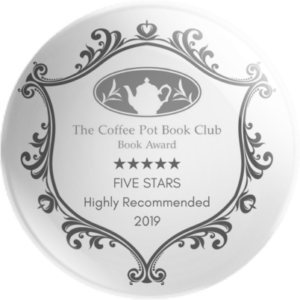
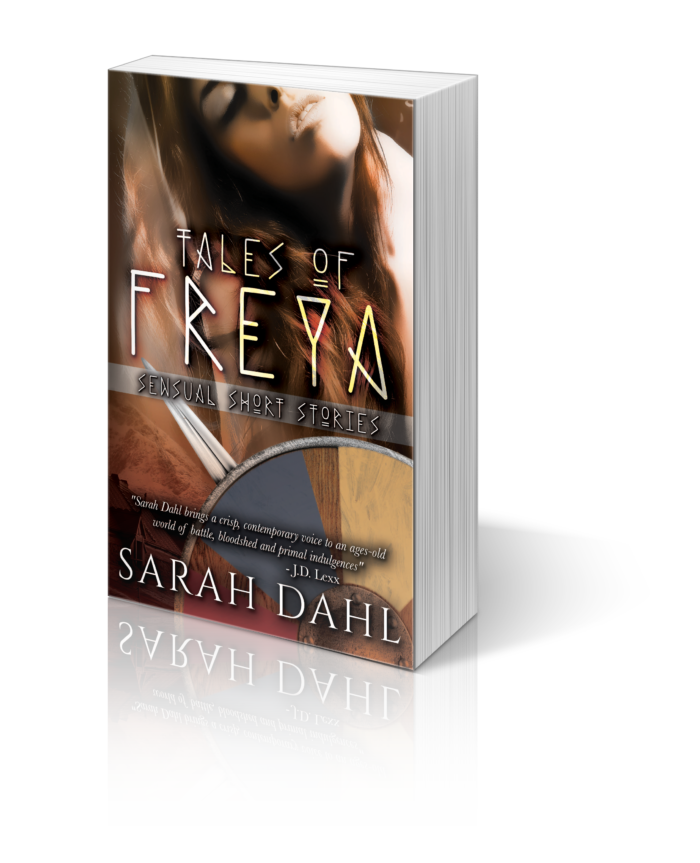
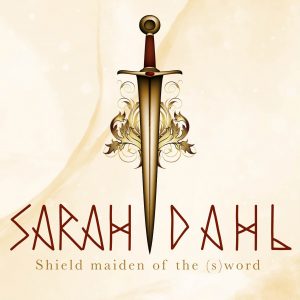
Comments (0)